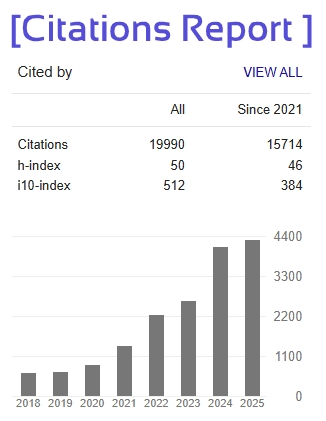Enhancing White Blood Cells Segmentation Using Deep Learning
Thangellapally Vishwas (21WJ1A05W2)
UG Student, Department of CSE, Guru Nanak Institutions Technical Campus, Hyderabad.
Sudagoni Badrinath Goud(21WJ1A05V6)
UG Student, Department of CSE, Guru Nanak Institutions Technical Campus, Hyderabad.
Yeleti Vaishnavi (21WJ1A05Z9)
UG Student, Department of CSE, Guru Nanak Institutions Technical Campus, Hyderabad.
Vankeshwaram Mounika(21WJ1A05X9)
UG Student, Department of CSE, Guru Nanak Institutions Technical Campus, Hyderabad.
K Akshitha
Assistant Professor, Department of CSE, Guru Nanak Institutions Technical Campus, Hyderabad.
Abstract: Accurately classifying white blood cell subtypes is essential for diagnosing various blood diseases. Traditional methods in computer vision often require manually engineered features, which are time-consuming and can limit performance. In contrast, machine learning approaches offer improved accuracy but typically demand extensive labeled datasets, which are challenging and costly to obtain. This study introduces a semi-supervised learning approach tailored for white blood cell classification. By leveraging a combination of a small amount of labeled data and a larger set of unlabeled data, the model learns to identify and categorize different white blood cell subtypes directly from microscopic images. This methodology capitalizes on the inherent structure and patterns present in the data, enhancing classification performance without relying solely on predefined features. The proposed approach was evaluated using a dataset comprising synthetic images representing various white blood cell subtypes. Results demonstrate promising accuracy in distinguishing between different cell types, showcasing potential applications in clinical diagnostics. By minimizing the reliance on manually labeled data while maintaining high classification accuracy, this approach offers a scalable solution for automating and improving the efficiency of white blood cell analysis in medical settings.
Keywords: White Blood Cells, Semi-Supervised Learning, Convolutional Neural Networks, Medical Image Analysis, Pseudo-Labeling.







